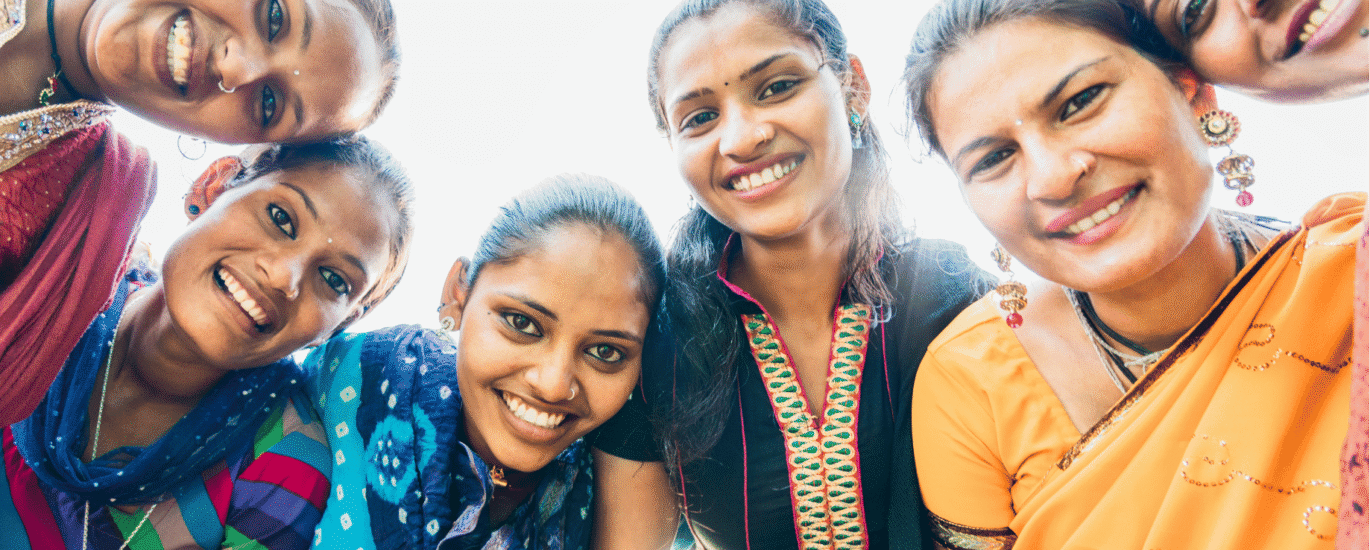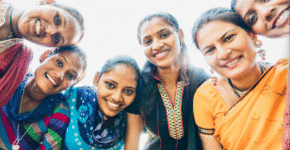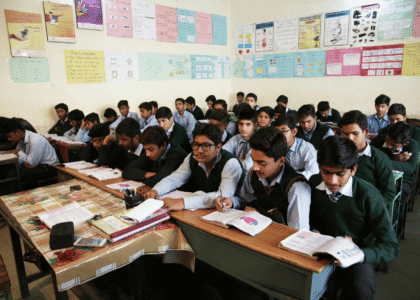Introduction
In the fight for gender equality, legislation and education are often seen as the primary tools. However, there exists another deeply transformative force that often goes unnoticed—cultural expression. For centuries, women in India have expressed resistance, resilience, and revolution through songs, stories, theatre, and rituals.
Today, with rising consciousness, this form of empowerment is being revived not only as a means of creativity but also as a catalyst for social change. This article explores how cultural expression is enabling Indian women to reclaim their voices, redefine identity, and become changemakers in their communities.
Why Culture and Art Matter in Women’s Empowerment
Cultural expression allows women to articulate their inner worlds—dreams, traumas, traditions, and truths. This process of expression serves multiple functions:
- Healing and Self-Awareness: Creative mediums help women process emotions and rediscover inner strength.
- Building Community: Shared performances or storytelling groups foster sisterhood and solidarity.
- Raising Awareness: Art and literature highlight lived experiences that statistics often ignore.
- Challenging Norms: Cultural narratives allow women to critique patriarchy using familiar yet subversive forms.
Unlike confrontational activism, culture communicates resistance in a language society can relate to—making it both powerful and palatable.
Historical Roots of Cultural Resistance by Women
India’s history is rich with women who used cultural means to assert agency:
- Mirabai’s devotional poetry challenged caste and gender hierarchies.
- Akkamahadevi and other Bhakti saints defied societal norms through spiritual verse.
- Folk songs in regions like Bundelkhand and Assam often narrate tales of female courage in domestic oppression or war.
These examples remind us that long before mainstream feminism, Indian women were asserting power through pen, voice, and performance.
Modern Platforms Reviving the Legacy
Several NGOs and cultural foundations are now providing structured platforms for women to explore their identity and voice through artistic expression. Initiatives include:
1. Theatre for Social Change
Community-based theatre, like Nukkad Natak or feminist reinterpretations of mythological characters, are now being used in villages and cities alike. They address issues such as:
- Domestic violence
- Gender roles
- Education rights
- Mental health and identity
Such performances are not only watched but often created and enacted by local women, making the process both empowering and educational.
2. Storytelling Circles and Writing Workshops
Safe spaces where women come together to write or share personal stories have proven transformative. Whether it’s poetry or prose, women are reclaiming narratives of trauma, resistance, and victory—often for the first time.
3. Digital Expression
With platforms like YouTube, Instagram, and podcasts, women—especially from small towns—are now sharing folk songs, poetry, and cultural commentary with a global audience. This exposure validates their art and gives them agency over how their stories are told.
Case in Point: Dhara Chetna Foundation’s Work
One such initiative is by Dhara Chetna Foundation, which runs Women Empowerment Workshops and Theatre Platforms. These programs focus on:
- Awakening inner consciousness through art
- Reclaiming mythological and rural women’s experiences as sources of strength
- Bringing women to the forefront of cultural dialogue and decision-making
By merging culture with consciousness, these workshops allow women to become not just participants but creators of change.
Impact of Cultural Expression on Women’s Lives
Women who engage in cultural empowerment programs report:
- Increased self-confidence and self-worth
- Greater participation in public spaces and leadership roles
- Improved mental well-being
- Stronger communication and negotiation skills
In many cases, women who once hesitated to speak in community meetings now write and perform powerful monologues in public.
The Road Ahead: Making Culture a Core Strategy
To scale the impact of cultural expression in women’s empowerment, we need:
- Institutional Support: Schools and colleges should integrate cultural clubs focused on gender and social issues.
- Funding and Visibility: Cultural projects need sustained funding and digital reach to amplify their message.
- Community Involvement: Panchayats and local leaders must support and attend these performances and storytelling events.
- Intergenerational Dialogue: Bridging grandmothers’ wisdom with daughters’ voices ensures continuity and evolution.
Conclusion: When Women Create, Society Transforms
Empowering women through cultural expression isn’t just about art—it’s about agency. It’s about rewriting the stories women are told, and the ones they tell themselves. When a woman writes a poem, sings a folk song, or steps on a stage, she isn’t just performing—she’s reclaiming space, voice, and vision.
Let us nurture such platforms, listen to these voices, and recognize that true empowerment doesn’t always begin with policy—it often begins with a poem, a story, a song.










